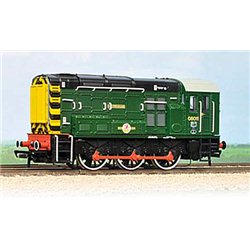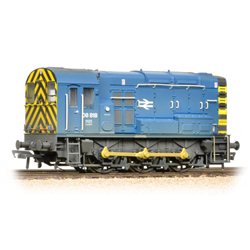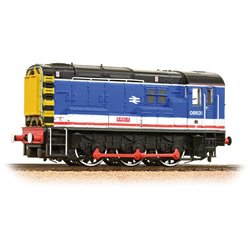Mainline Railways was a British model railway brand that operated between 1976 and 1983, introduced by Palitoy, the...
No products
Product successfully added to your shopping cart
There are 0 items in your cart. There is 1 item in your cart.
Search Tips
Easter shipping
Please note that couriers are not collecting on Friday 18th and Monday 21st April.
Orders will be dispatched on Tuesday 22nd April
What is a railway shunter?
A shunter (when used to describe an engine) is a dedicated railway locomotive used for marshalling trucks or coaches in yards or sidings ready for larger locomotives to take out on their journey.
These days, shunters are typically specially designed for their purpose, they have a very high torque to size ratio making them perfect for moving heavy rollingstock around marshalling yards and sidings. This design is not without compromise though, and the very gearing that makes them useful in the sidings means that they are not particularly fast, so trips out onto the mainline are fairly uncommon (but not unheard of).
In the days of steam small tank engines performed the task of shunting, they were also used as station pilots which is where a resident shunter would take coaches away from the platforms to be serviced or re-marshalled elsewhere. Because these small tank engines could find work on the many small branch-lines up and down the country it was more common back then to find similar engines working out on revenue-earning trains as well as in the sidings, especially on the GWR.
The most popular purpose-built shunter in the UK is the British Rail Class 08 diesel-electric. A staggering 996 were produced between 1952 and 1962. Its engine only produces 350hp but thanks to its double-reduction gearing it has an impressive tractive effort of 35,000lbf and a not so staggering top speed of around 20mph.
The success of the Class 08 was such that approximately 100 are still in service around the country today with a further 70 finding regular work on heritage railways.
Click here to receive the tips weekly in your mailbox. You can unsubscribe at any time.










